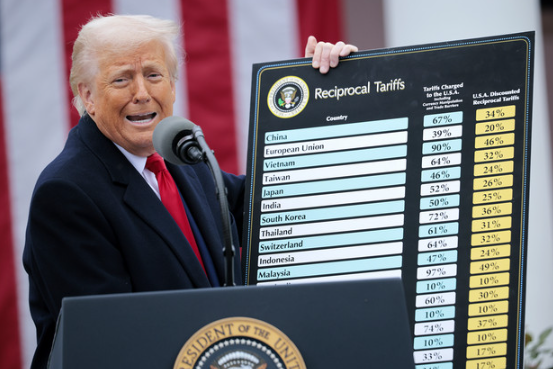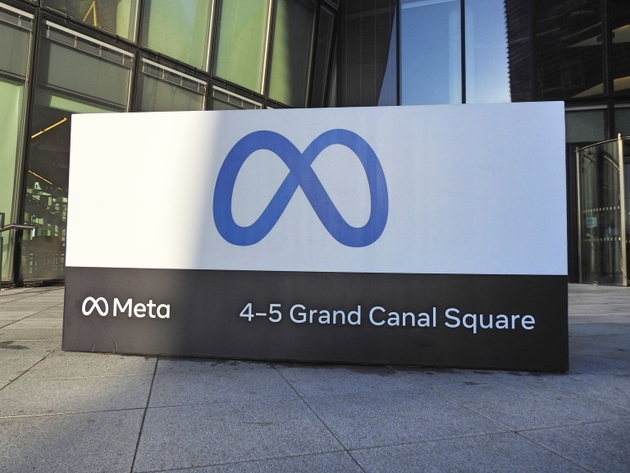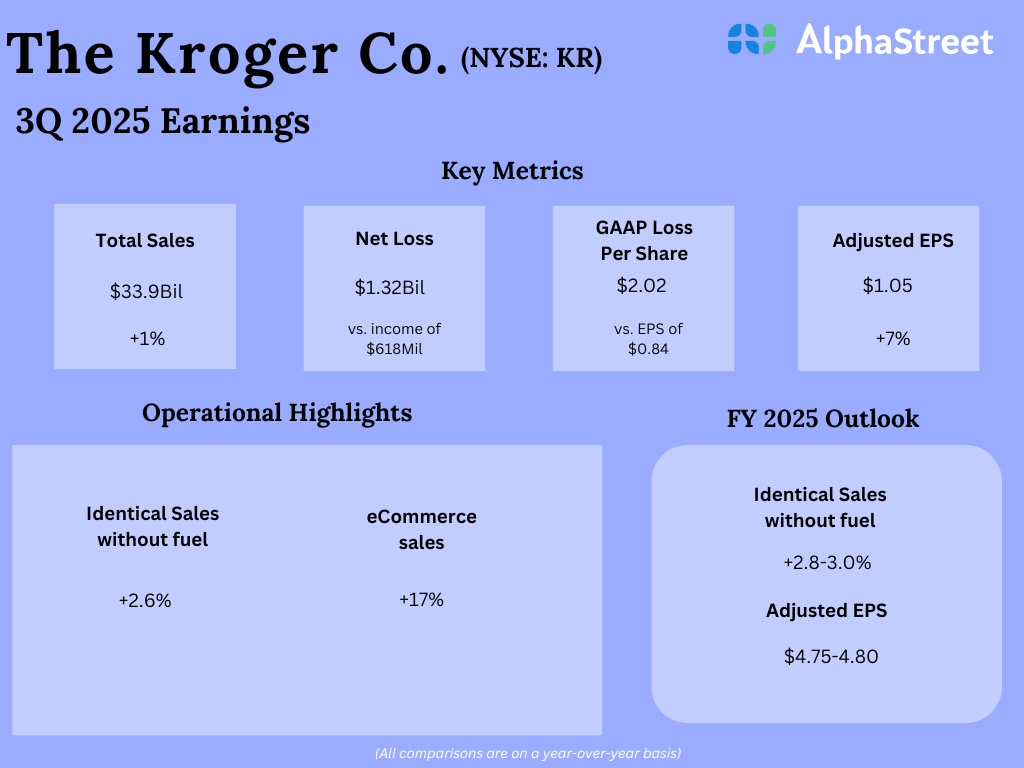The Indian economy will witness significant growth in the coming fiscal with a GDP growth rate of 6.8 per cent in the next fiscal year, ratings agency Crisil said on Wednesday. The GDP growth rate compares the year-over-year (or quarterly) change in a country’s economic output to measure how fast an economy is growing.
The ratings agency further said that with this growth trajectory, India can attain upper middle-income status by 2031, with the economy expected to double to $7 trillion.
Crisil, in its India Outlook report, said the Indian economy will take support from domestic structural reforms and cyclical levers and can retain — perhaps even improve — its growth prospects to become the third-largest economy by 2031.
“After a better-than-expected 7.6% this fiscal, India’s real GDP growth will likely moderate to 6.8% in fiscal 2025,” said the Crisil India Outlook report.
At present, India’s GDP size is $3.6 trillion. It is the fifth largest economy in the world, after the US, China, Japan and Germany. Crisil expects the economy to expand to $6.7 trillion by fiscal 2031.
It said that the next seven fiscals (2025-2031) will see the Indian economy crossing the $5 trillion-mark and inching closer to $7 trillion.
Emerging sectors, which are growing faster than others, are electronics, EV, and energy transition-intensive and they account for 16 per cent of the incremental capex in fiscals 2023 and 2024.
“A projected average expansion of 6.7% in this period will make India the third-largest economy in the world and lift per capita income to the upper-middle income category by 2031,” Crisil said.
Crisil Managing Director and CEO Amish Mehta said, “India will be the No. 3 economy and an upper-middle income country, which will be a big positive for domestic consumption.” India’s manufacturing sector is at a sweet spot due to high capacity utilisation across key sectors, opportunities from global supply-chain diversification, thrust on infrastructure investment, the green-transition imperative and strong balance sheets of lenders.
As per World Bank definition, lower-middle income countries are those with per-capita income of $1,000-4,000, and upper-middle income countries are those with per capita income between $4,000-12,000.
Crisil report said near- and medium-term challenges to growth outlook would come from geopolitics, slowing potential growth from an uneven global recovery, climate change and technological disruptions.
Earlier this week, rating agency Moody’s too raised its forecast for India’s GDP growth in 2024, pointing at global and domestic optimism in the country’s economy on the back of robust manufacturing activity and infrastructure spending.
“India’s economy has performed well and stronger-than-expected data in 2023 has caused us to raise our 2024 growth estimate to 6.8% from 6.1%,” the rating agency said in its Global Macro Outlook 2024-25.
It is to be noted that the statistics ministry has also raised its GDP growth estimate for FY24 to 7.6% in its second revised estimate, up from 7.3% in its first advance forecast.
The Reserve Bank of India’s GDP growth estimate for FY24 is 7%, while the International Monetary Fund’s forecasts 6.7%.
“We believe that with global headwinds fading, the Indian economy should be able to comfortably register 6.0%-7.0% real GDP growth and we therefore forecast around 6.8% growth in calendar year 2024, followed by 6.4% in 2025,” Moody’s said.
(With PTI inputs)





































